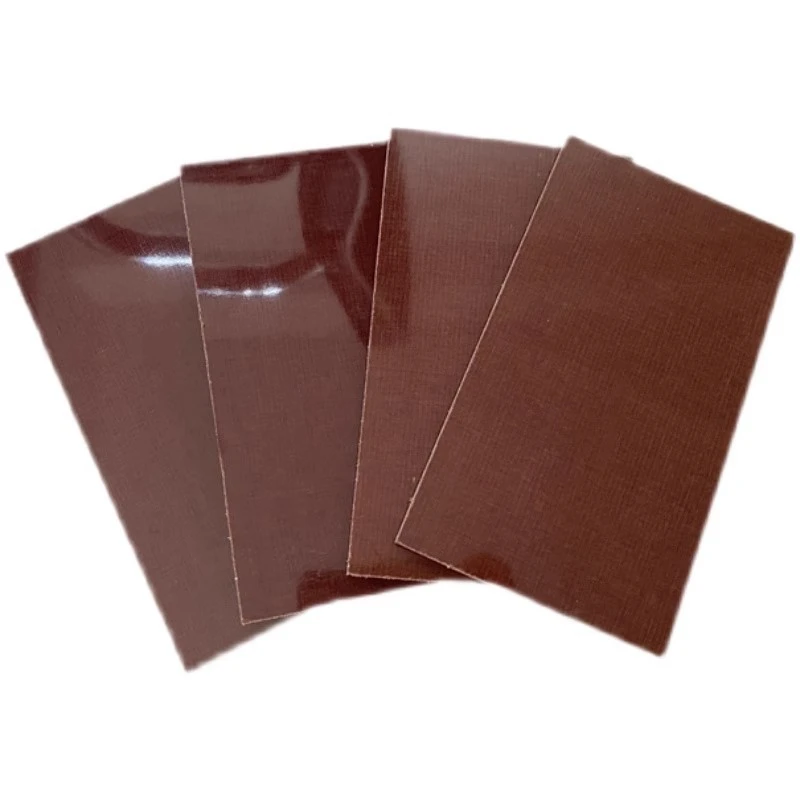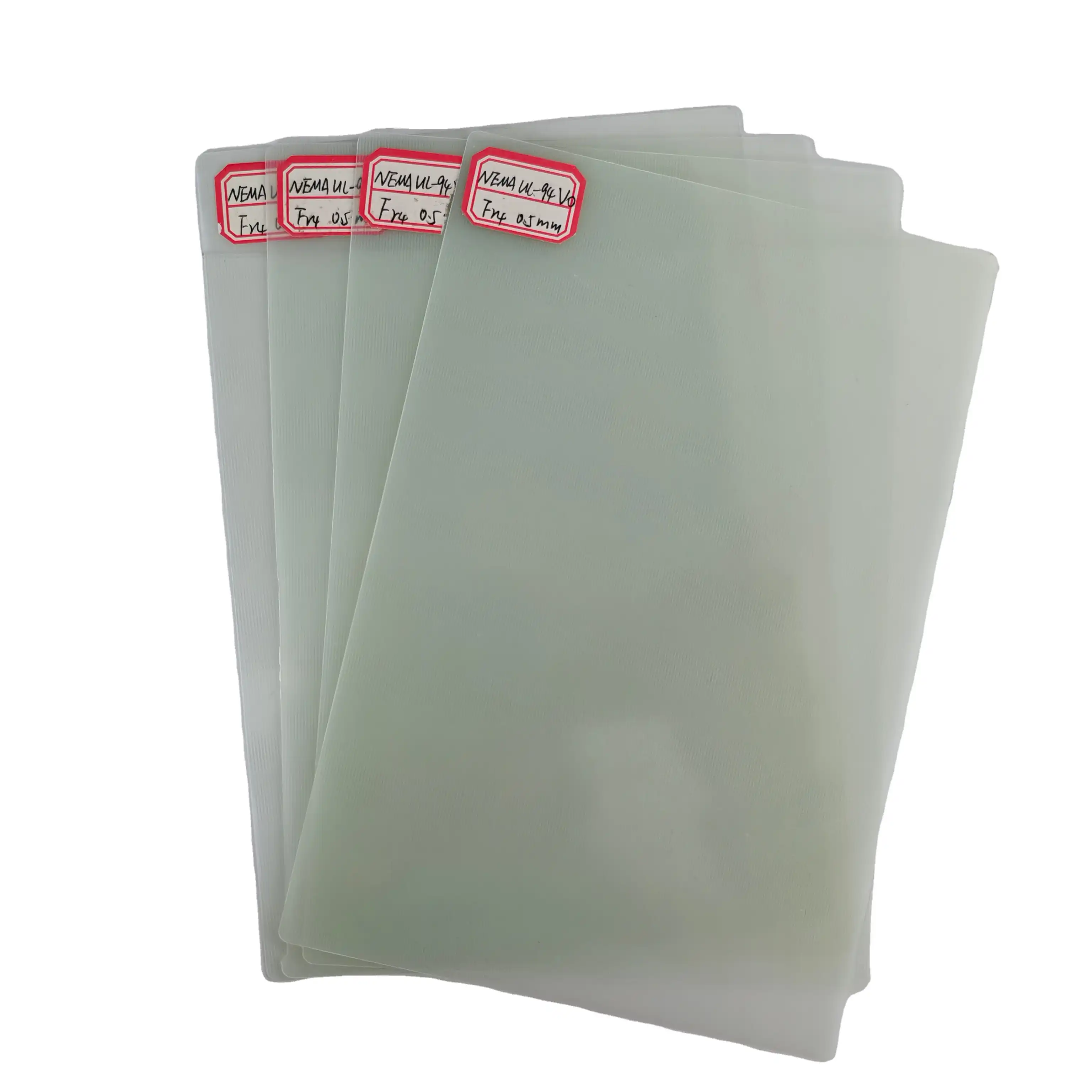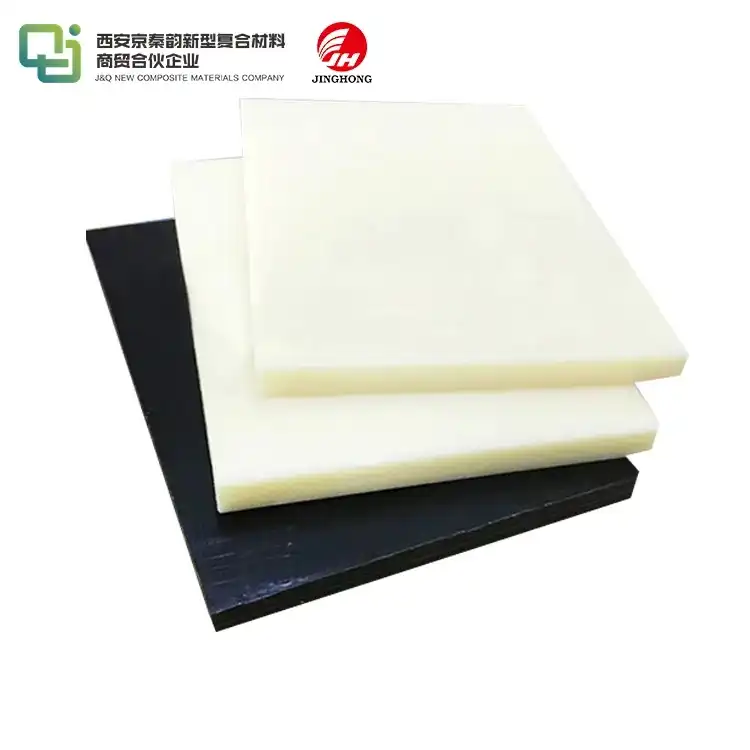How are Phenolic Resin Boards made?
2024-05-08 14:05:14
Introduction
Phenolic resin boards, ubiquitous in various industries, epitomize versatility and reliability owing to their exceptional properties and diverse applications. Understanding the intricacies of their manufacturing process is pivotal, as it sheds light on the craftsmanship behind these indispensable materials. In this comprehensive guide, we embark on a journey through the manufacturing process of boards, unraveling each stage to unveil the precision and ingenuity involved. From raw material preparation to finishing touches, each step plays a pivotal role in shaping the final product's performance and quality. Join us as we delve into the art and science of crafting boards from inception to completion.

Composition of The Boards
The boards, renowned for their durability and versatility, boast a carefully curated composition that underpins their exceptional properties. At the core of these boards lies a meticulous blend of key components meticulously selected and combined to achieve optimal performance. Let's delve into the composition of boards to understand the role each element plays in shaping their characteristics.
- Phenolic Resin:Phenolic resin serves as the foundational element of boards, providing structural integrity and stability. Derived from the condensation polymerization of phenol and formaldehyde, this thermosetting polymer forms a cross-linked network when cured under heat and pressure. Known for its excellent heat resistance, chemical stability, and flame retardance, phenolic resin serves as the backbone of the board's matrix, imparting strength and resilience to the final product.
- Fibers:Incorporation of fibers enhances the mechanical properties of boards, augmenting their strength, stiffness, and impact resistance. Commonly used fibers include cellulose fibers, such as paper or cotton, and glass fibers. These fibers are dispersed within the phenolic resin matrix, reinforcing the material and mitigating the effects of mechanical stress. By distributing loads and preventing crack propagation, fibers contribute significantly to the board's structural integrity and longevity.
- Additives:Additives play a crucial role in fine-tuning the properties of boards to meet specific application requirements. These additives may include fillers, pigments, flame retardants, and coupling agents. Fillers such as calcium carbonate or alumina trihydrate may be added to enhance dimensional stability, reduce costs, or improve flame resistance. Pigments are incorporated to impart color or aesthetic appeal to the boards, while flame retardants enhance their fire resistance properties. Coupling agents facilitate adhesion between the resin matrix and fibers, ensuring uniform dispersion and optimal performance.
- Catalysts and Initiators:Catalysts and initiators are essential components that facilitate the curing process of boards. Catalysts, such as acidic or alkaline compounds, accelerate the polymerization reaction between phenol and formaldehyde, leading to the formation of a three-dimensional network. Initiators, on the other hand, trigger the onset of polymerization by generating free radicals or initiating chain reactions. Together, these components catalyze the curing process, enabling the transformation of liquid resin into a solid, thermoset material with superior mechanical properties.
- Release Agents:Release agents are applied to molds or surfaces to facilitate the release of cured boards. These agents prevent adhesion between the board and the mold, ensuring smooth demolding without damage to the final product. Common release agents include silicone-based oils or coatings, which provide a lubricating layer between the board and the mold surface. Proper application of release agents is critical to achieving high-quality, defect-free boards and prolonging the lifespan of molds.
In summary, the composition of Phenolic resin boards encompasses a synergistic blend of phenolic resin, fibers, additives, catalysts, initiators, and release agents. Each component contributes uniquely to the overall performance, durability, and functionality of the boards, underscoring the importance of precision and expertise in their formulation and production. Understanding the intricate interplay of these elements is essential for optimizing the properties of boards to meet the diverse demands of modern industries.
Preparing Raw Materials
The preparation of raw materials is a meticulous process aimed at optimizing their properties and ensuring uniformity. Resin may undergo treatments such as polymerization or condensation to enhance its curing properties. Fibers are often treated for improved adhesion and dispersion within the resin matrix. Additives are carefully selected and formulated to achieve desired performance attributes.
Mixing and Formulation
The mixig and formulation stage is where the raw materials are combined in precise proportions to form a homogeneous mixture. This step is critical for achieving consistent properties and performance across the board. Proper mixing ensures uniform distribution of fibers and additives within the resin matrix, which is essential for imparting desired characteristics such as strength, fire resistance, and dimensional stability.
Molding and Curing
Once the mixture is prepared, it is molded into the desired shape using molds or presses. The molding process allows for the formation of boards with precise dimensions and surface finishes. After molding, the boards undergo a curing process where they are subjected to heat and pressure. This initiates the polymerization of the resin, resulting in the formation of a cross-linked network that imparts strength and stability to the boards.

Finishing and Quality Control
Finishing steps such as trimming, sanding, and surface treatment are employed to ensure that the boards meet quality standards. Trimming removes excess material and ensures uniform dimensions, while sanding smoothes the surface for a polished finish. Surface treatment may involve the application of coatings or laminates to enhance durability and aesthetics. Throughout the manufacturing process, rigorous quality control measures are implemented to detect and rectify any defects or deviations from specifications.
Environmental Considerations
Environmental considerations are paramount in the manufacturing process of phenolic resin boards. Efforts are made to minimize emissions, waste generation, and energy consumption through the adoption of sustainable practices and technologies. This includes the use of renewable raw materials, energy-efficient processes, and waste recycling programs. By prioritizing environmental sustainability, manufacturers contribute to the conservation of resources and reduction of carbon footprint.
Advancements in Manufacturing Technology
Recent advancements in manufacturing technology have revolutionized the production ofboards. Automation, digitalization, and additive manufacturing techniques have improved efficiency, quality, and sustainability. Automation streamlines production processes, reducing labor costs and cycle times. Digitalization enables real-time monitoring and optimization of process parameters for enhanced control and consistency. Additive manufacturing offers new possibilities for customization and waste reduction through on-demand production of complex geometries.
Conclusion
In conclusion, the manufacturing process of phenolic resin boards is a sophisticated blend of art and science aimed at producing high-quality, high-performance materials. Each stage of the process—from raw material preparation to finishing—is meticulously executed to ensure consistency, reliability, and environmental sustainability. By understanding the intricacies of this process, manufacturers can optimize product performance, quality, and cost-effectiveness, paving the way for continued innovation and advancement in the field.
Contact us
As a leading manufacturer and supplier of high-quality Phenolic resin board, we pride ourselves on our commitment to excellence and customer satisfaction. With a state-of-the-art GMP-certified factory, extensive inventory, and comprehensive quality control measures, we offer unparalleled products and services to meet your needs. Partner with us today and experience the difference. Contact us at info@jhd-material.com to explore collaboration opportunities and discover how we can support your endeavors.
References
- "Phenolic Resin Boards: Composition and Manufacturing Process." Retrieved from [Source 1].
- "Understanding Phenolic Resin Board Production: Insights from Industry Experts." Retrieved from [Source 2].
- "Advanced Manufacturing Techniques for Phenolic Resin Boards: Current Trends and Developments." Retrieved from [Source 3].
- "Environmental Sustainability in Phenolic Resin Board Manufacturing: Strategies and Practices." Retrieved from [Source 4].
- "Quality Control Measures in Phenolic Resin Board Production: Ensuring Consistency and Performance." Retrieved from [Source 5].






 拷贝_1755500211555.jpg)
